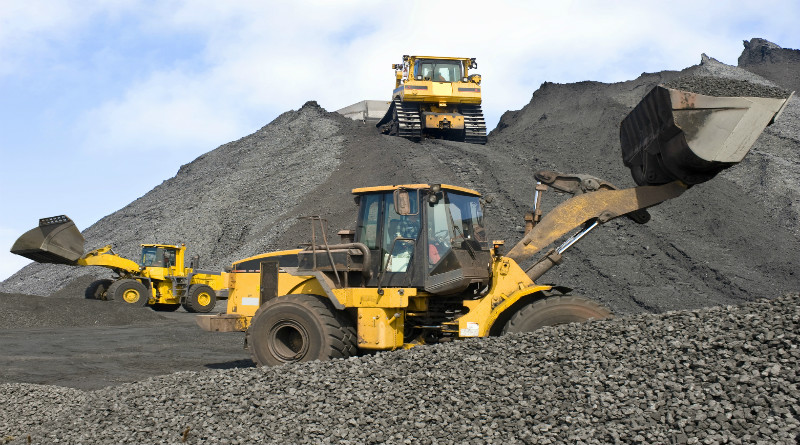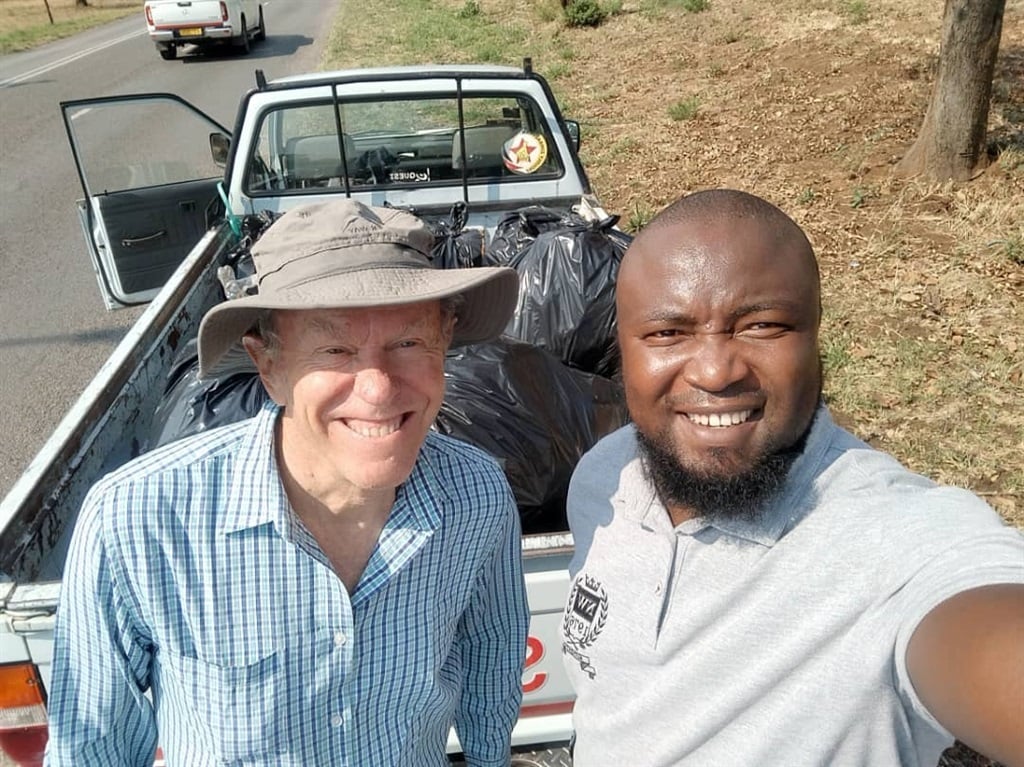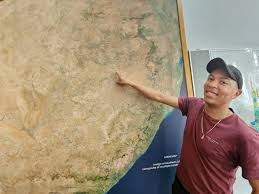FARMERS in Gwanda District have resorted to drip irrigation as a way of mitigating drought induced by climate changes, Southern Eye has established.
Farmers at Sizeze and Sibhula villages under chief Mathema are among those who have ventured into drip irrigation. They told Southern Eye during a media tour organised by Environment Africa last week in Gwanda that drip irrigation was the way to go.
Several non-governmental organisations have provided the farmers with solar pumps, water storage tanks, taps and pipes to ensure they improve their production levels.

“Our expectations are to survive through drip irrigation. Thanks to Practical Action, Jersey Overseas Aid Commission and other organisations who donated the whole system,” said Siva Garden chairperson Roda Hlongwane.
Hlongwane said their scheme comprised of 32 members and was established last year.
Speaking during the tour, Gwanda district Agricultural Extension officer Ben Matshologwane said the district was in region 5 so it was continuously experiencing drought challenges every year.
Marukudza Garden vice-chairperson Joice Sibanda said their scheme had 18 members and was growing stronger as villagers had realised the importance of irrigation.
They cultivate green vegetables including cabbages, peas, rape among others.
Matshokodo Garden was established in 1984 and now has more than 20 members with the chairperson Masotsha Tshalibe saying they were now able to provide for their families.
“Ever since we started drip irrigation, our food security has improved significantly. Villagers in this vicinity are our customers and we are failing to meet their demand,” he said.
John Siyambare the Practical Action officer in Gwanda said farmers have been trained to market their produce.
Zimbabwe is currently experi, with experts predicting the El Niño-induced dry spell and attendant hot temperatures could produce worse conditions than those witnessed during the 1992 drought.
According to official statistics, Zimbabwe has 11 000 dams, which could potentially irrigate 11 million hectares of land.






